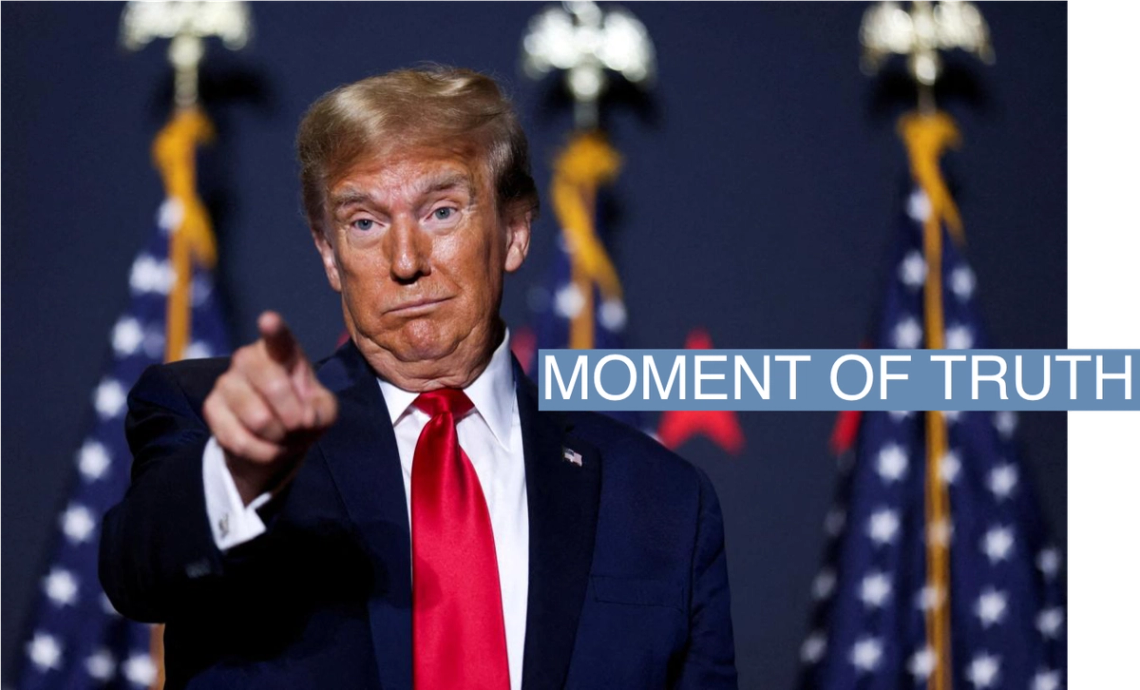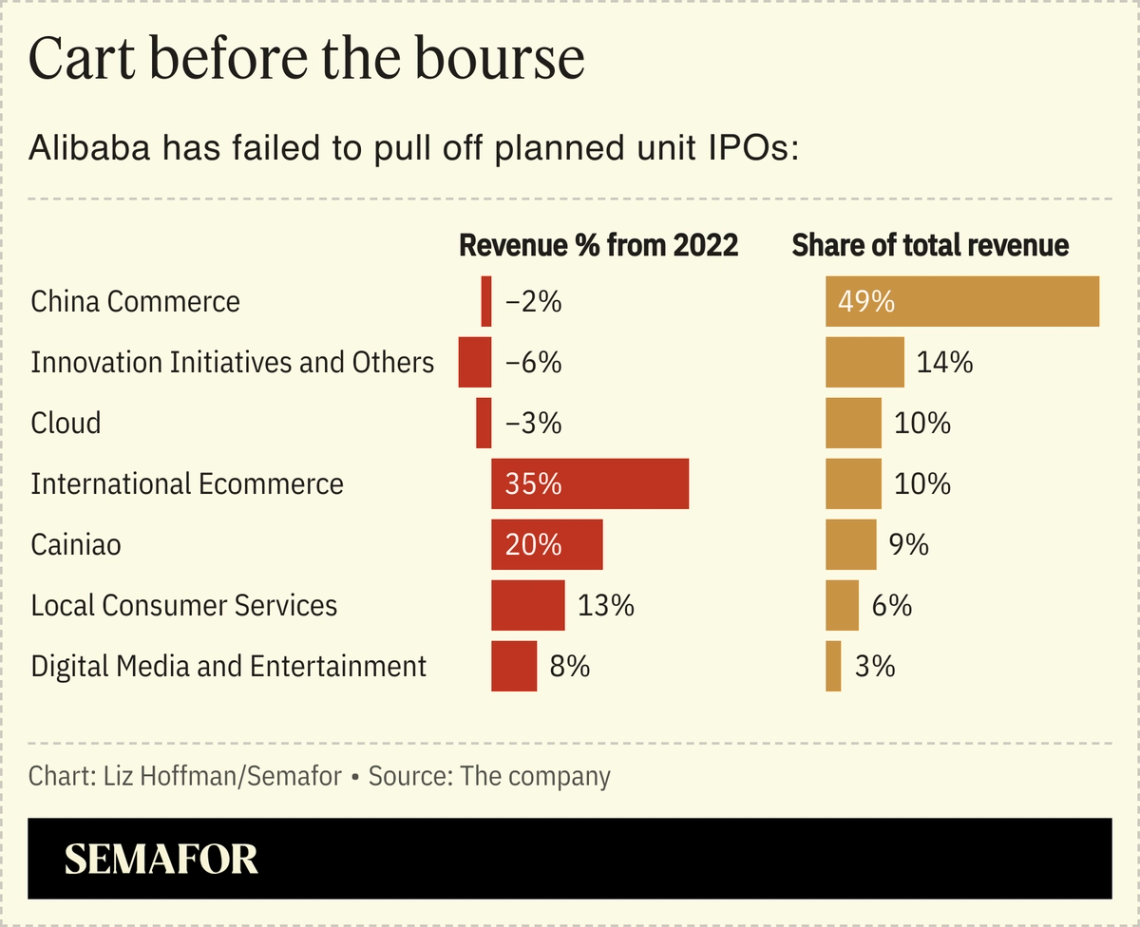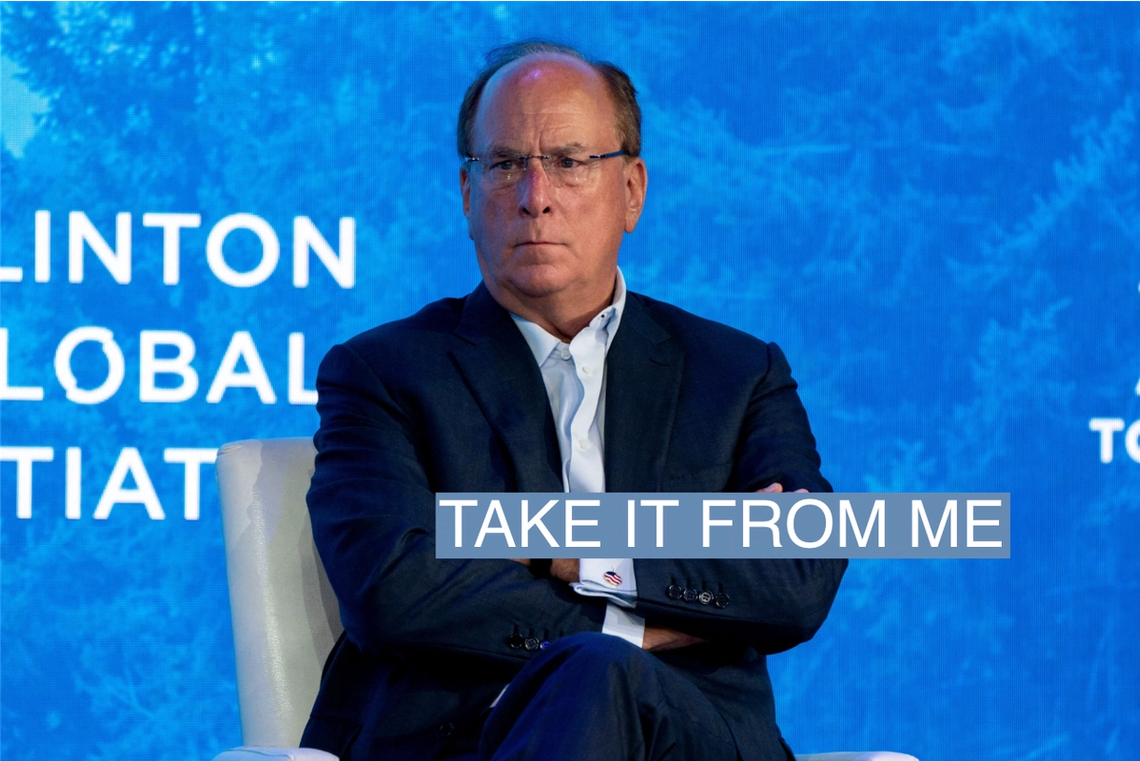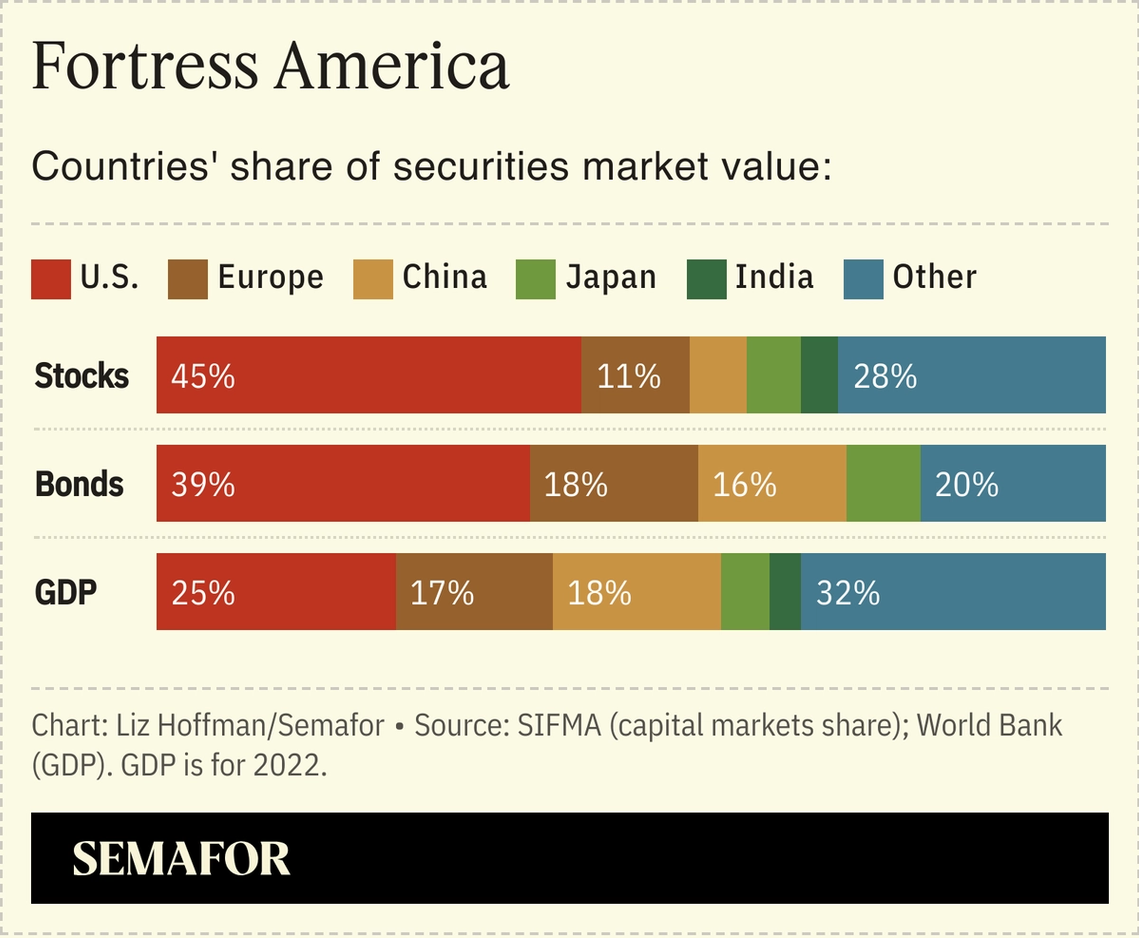THE SCENE When Sam Bankman-Fried appears in court today to be sentenced, one person who won’t be there is the man who’s spent the past 16 months sorting through what the crypto boy-king left behind. “I’m too busy,” John Ray III told me this week. As SBF’s successor as chief executive of what remains of FTX, Ray has been investigating the exchange’s collapse while pursuing billions of dollars in cash, tokens, venture investments, political donations, and Bahamian real estate — all to be divided between customers and other creditors who submitted claims with a face value of $23.6 quintillion. That’s made it a complicated endeavor, undertaken under a public glare. Ray has drawn a chorus of critics, who have questioned the pace of recoveries, his decision not to reboot the crypto exchange, and his handling of the grab bag of venture investments assembled by Bankman-Fried. So Ray, who performed the same job for Enron two decades ago, really wants you to know that he hasn’t screwed it up. “This wasn’t a normal company that went into bankruptcy. This was a crime scene,” he said in an hour-long interview in which he defended his work and detailed the challenges of wading through the chaos left behind by Bankman-Fried, whose charges carry up to 110 years in prison. His lawyers are asking the court for a five-year term; the government wants at least 40 years. Ray has recovered more than $2 billion and identified another $5 billion or so, which he says should be enough to fully repay customers. He’s still fighting with the IRS over its claim on $8 billion in unpaid taxes, and trying to negotiate down billions of dollars in penalties from financial regulators. FTX’s Silicon Valley investors will likely get nothing. “We’re never going to be able to put Humpty Dumpty back together again, because Humpty Dumpty was never complete to begin with,” he said. “We’re doing our job and we’ll continue to do so as long as we think that the dollars that we’re investing can be translated into recoveries for victims.” Ray has been in a strange position where his success diminishes, by degrees, the consequences of Bankman-Fried’s crimes and could result in a lighter sentence. His lawyers have asked the judge to consider that many creditors will be made whole. And Ray’s success in selling some FTX holdings, like a big stake in Anthropic that went for $500 million this week, has lent credibility to the idea, as Bloomberg’s Zeke Faux writes today, that customers’ funds “weren’t so much stolen as they were redirected into at least a few surprisingly good investments.” Ray acknowledged that perception in a letter last week to the court: “That things that he stole… were successfully recovered … does not mean that things were not stolen,” he wrote. “What it means is that we got some of them back.” Bankman-Fried was an earlier investor in Semafor, which replaced his money after charges were filed. Read here for Ray's response to criticisms of his handling of FTX's estate. → |
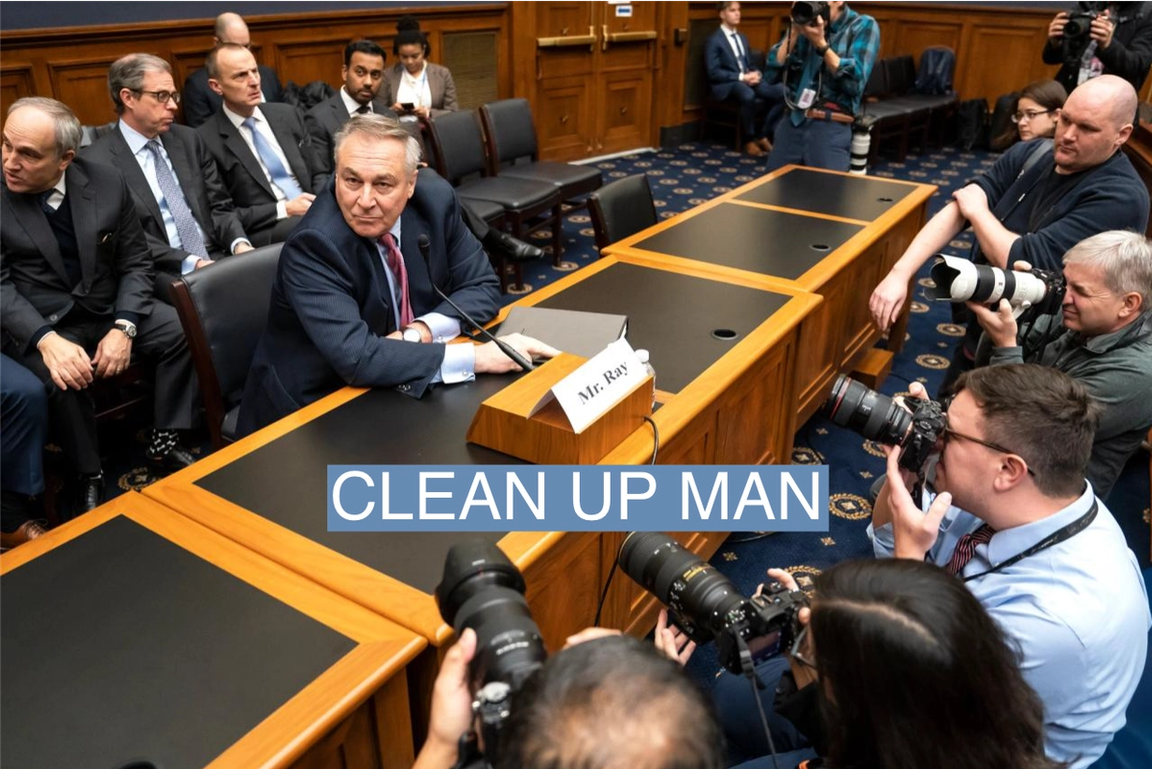 Nathan Howard/Getty Images) Nathan Howard/Getty Images)LIZ’S VIEW The bankruptcy code is designed for companies with traditional assets that are easy enough to value, like factories and inventory, and traditional debts, like bonds and bank loans. FTX had neither. Its assets were mostly what Michael Lewis, in his book about Bankman-Fried, called a “dragon’s hoard” of venture investments. And much of its debt wasn’t owed to bondholders or vendors but rather to millions of individual customers, which made this a uniquely hard clean-up job. People are always going to be upset. Ray plans to pay customers only the snapshot value of their accounts as of Nov. 11, 2022, rather than the current value of those coins, many of which Bankman-Fried secretly sold before FTX collapsed. Given the increase in bitcoin’s price since then, customers understandably think they should be 400% richer. His decision not to chase value in a pile of investments is defensible — and even if you’re less forgiving, it’s reversible. Many were of dubious value, and Bankman-Fried seemed not to even know exactly what he owned. The estate’s big prize, Anthropic, has gone from a virtually unknown startup to a leading contender in the AI race. It’s now worth $18 billion. Given all that, I’ve been surprised at how normal the resolution of FTX has been. Ray has wrangled millions of individual claims, sifted through assets real and make-believe, and has a shot at recovering most of the $8 billion that was missing when FTX filed for bankruptcy. Retail customers will be made whole, and institutional creditors will get some number of pennies on the dollar. FTX’s stockholders are wiped out, which is the right outcome in any bankruptcy and especially the right outcome in this one. | 

